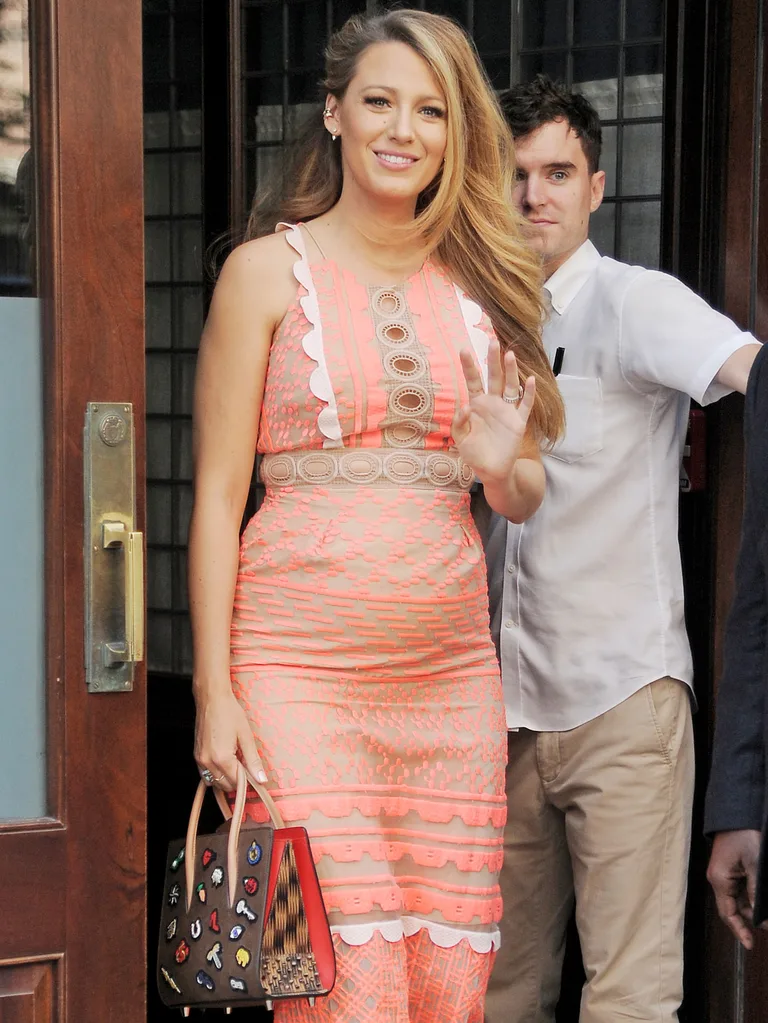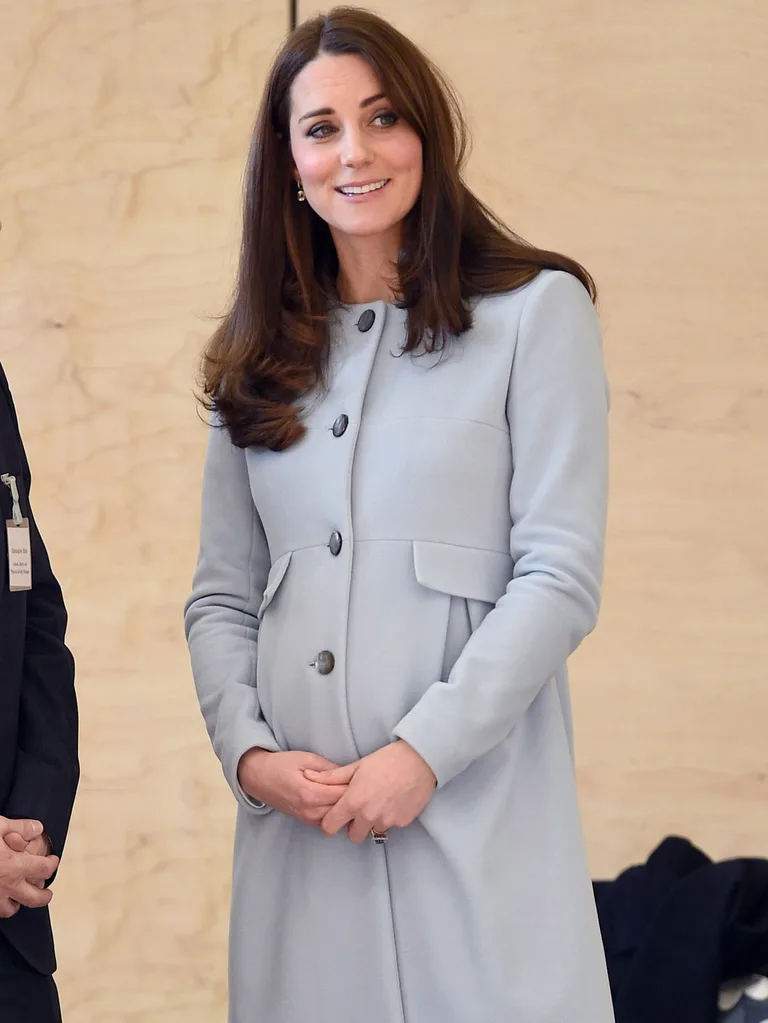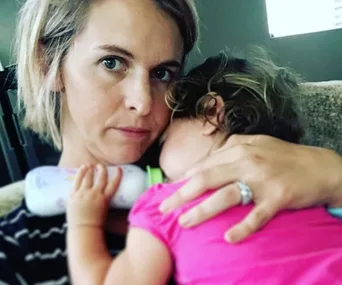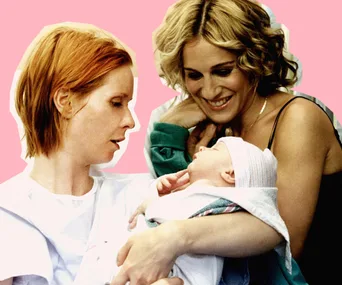If you’re thinking of having a baby, or have discovered you’re already pregnant (congrats!), it’s no doubt a very exciting time for all involved.
And because we know you already have 51,894 things to consider, we’ve created a foolproof guide for what you need to know before going on maternity leave — from how Paid Parental Leave works to what happens to your super.
Find out exactly what you’re entitled to
Before you start planning, look into whether you’re eligible for payments under the Australian Federal Government’s Paid Parental Leave scheme (or Parental Leave Pay).
This will depend on certain factors relating to income, residency, and work test criteria. Generally, if you’re a full-time, part-time or casual worker and will have worked for your employer for 13 months before your baby’s due date, you’re on your way.
If you’re not, don’t despair – there are other channels you can go down, so speak to the Department of Human Services.
If you’re already pregnant, you’ll need to lodge an application with the DHS (ideally ahead of the baby’s arrival, though it can be done afterward), and then notify them once the baby is born.

Learn about what you need to do to secure Paid Parental Leave
You’ll need to give your employer at least 10 weeks’ notice of your intention to take parental leave. Your employer doesn’t apply for the leave on your behalf, though – this is then your responsibility. Your employer can ask you to provide proof of your pregnancy, such as a letter from your doctor.
They will expect you to finish up six weeks before your due date, for health and safety reasons, so if you want to work closer to the due date, have this cleared with your doctor and provide a letter confirming you can stay on. Keep in mind that payments won’t commence until the baby has been born and you’ve notified the DHS.
Read between the Paid Parental Leave lines
While you’re entitled to take 12 months’ leave from work, not all of this is paid – in fact, only 18 weeks (approximately four months) is covered under the Paid Parental Leave scheme, at the current rate of $672.60 a week, before tax.
Keep in mind this figure is in line with the national minimum wage, so it’s likely to be a cut to your regular salary. Your partner is entitled to two weeks ‘Dad and Partner Pay’, but the catch is that you’re only entitled to 18 weeks between the two of you, so this two weeks will form part of your 18-week total.
Parental Leave Pay is considered taxable income, so you’ll both need to include it on your tax returns.
Unless your employer has a scheme where they make additional parental leave payments (lucky you!), any leave you take above and beyond the 18 weeks will be unpaid.
You are allowed to dip into part or all of your annual leave to make up some of your time off work, with your employer’s approval, like, if you’re planning to take 12 months total to spend with the baby and four months of that is covered by the government’s PPL scheme, then you could take, for example, two months of annual leave, which would leave only six months unpaid.
Think about your future – and that includes your super
There are a few other things you might currently take for granted that you’ll need to consider, one being that you won’t accumulate super without an income.
To offset the hit your superannuation is likely to take, consider making additional contributions in the months leading up to the birth, and/or having your partner make spousal contributions to your super fund from his or her salary.
On average, women end up with around 43 per cent less (!!!) super than men when it comes to retirement – largely due to the pay gap, and the months, or even years, spent off work as a primary caregiver— so it’s important to make it count while you can.

Consider all options for after your maternity leave is up
If you’d like to take longer, you can discuss this with your employer taking anywhere up to 24 months (two years) leave, but they don’t have to agree, and again, it won’t be paid.
Your employer must guarantee that your job will still stand upon your return, either after 12 months or at a later date if that’s what was agreed.
Bookmark our tips for returning to work after maternity leave once you’re ready to get back to work, whether part-time or full-time. And most importantly, enjoy this dedicated time with your little one, because it won’t come around again.
Brought to you by REST Industry Super



